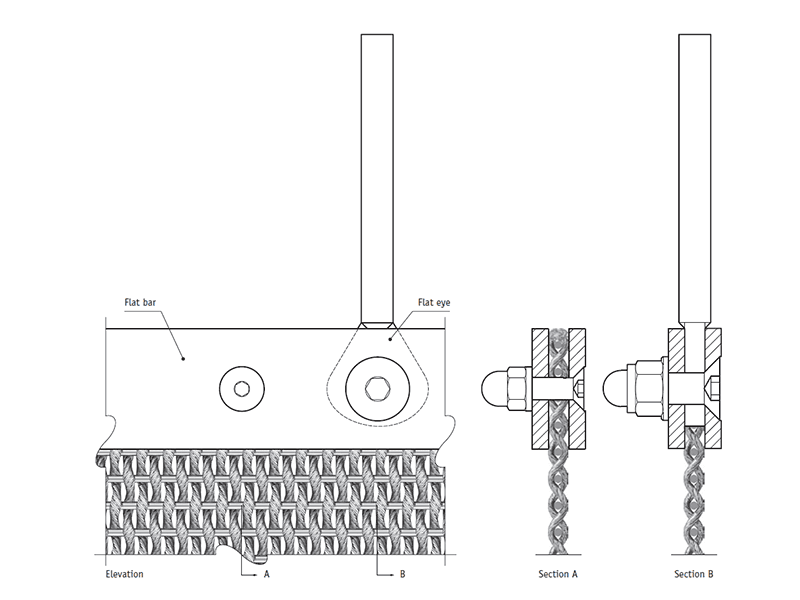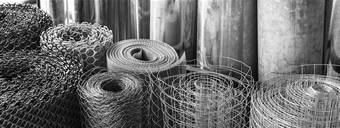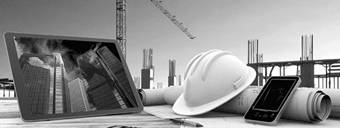
Decorative woven mesh drapery for outdoor covering
Attachment methods for decorative woven mesh curtain can be divided into tensioned and framed the two distinct categories.

Decorative woven mesh curtain with rigid frame
This rigid frame requires attachment to a substructure. The woven mesh is clamped tight by bolts into a frame made of flat and angled bars. There are various of bar profiles can be considered. Pre-crimped wire mesh can also be welded to frames. Fabric is not tensioned in this construction and to assure flatness, drapery size is according to the wire mesh selection.

Decorative flexible woven mesh curtain with rigid frame
Frame with bent fabric, typically used for flexible woven mesh, where the cables are oriented in a horizontal direction for applications such as column claddings. The rods of the wire mesh are bent at a right angle and are clamped by bars to form a rigid frame.

The frame type of flat and angle with threaded rod.
Flat and angle with threaded rod means both ends of the woven mesh are clamped by the flat and angled bars with a threaded rod. It is welded to the angle bar for tensioning by turnbuckles or nuts. Other bar profiles can be used based on desired appearance.

The frame type of flat and angle with flat eye.
Flats with flat eye means both ends of the woven mesh are clamped by flat bars. Flat eyes are bolted in between the flats for tensioning by turnbuckles or nuts.

The frame type of flat and angle with clevis.
Flats with clevis means both ends of the woven wire mesh are clamped by flat bars. Clevises with threaded rods are added for tensioning by turnbuckles or nuts.

The frame type of flat and angle with clevis.
Flats with clevis and binding rod means the woven mesh is folded over a binding rod and clamped by flat bars at each end of the panel. Clevises with threaded rods are added for tensioning by turnbuckles or nuts. This is used only for fine mesh fabrics.

Woven mesh installation for the one woven-in bar with spring.
Woven-in bar with spring, this system was developed specifically for facades and parking structures where considering the requirement of tension loads. Round bars are inserted into the fabric in place of weft wires at the top, bottom and intermediate locations. The top round bar is inserted into triangular brackets. Any intermediate round bars are connected to pivoting brackets for lateral support. Springs attach to the bottom bar in order to apply proper pre-tension to the fabric and to reduce the tension force on the structure. Eyebolts are attached to the springs to allow for maximum adaptation.

Woven mesh installation for the one woven-in bar with eyebolt.
Woven-in bar with eyebolt means a round bar is inserted into the woven mesh in place of weft wires. Eyebolts are attached to the round bar for tensioning by turnbuckles or nuts. The size of the round bar and frequency of the eyebolts is determined by tension load.

Woven mesh installation diagram of the one with extend loop.
Extended loop means cables extend beyond the woven mesh edge to form a loop that is secured by a loop clamp. A round tensioning bar is threaded through the loops. Frequency of loops depends upon tension load. Loop diameter is determined by the size of the tensioning bar.

Woven mesh installation diagram of the one with eyebolt
Eyebolt, the one is specific to the escale products. An eyebolt is attached to the cross rod of the product and is tensioned by turnbuckle or nut. The eyebolt can be substituted with a hook.













